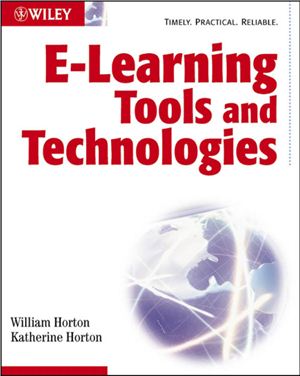Wiley Publishing, - 2003. - 575 pages.
E-leaing Tools and Technologies will give teachers, trainers, instructors, educators, administrators, and instructional designers the knowledge they need to pick tools and technologies that support their e-leaing efforts. It will also help information technologists understand the e-leaing tools they may be asked to help select, combine, and maintain.
This book represents the needs and viewpoints of consumers of these technologies. It will help consumers plan, select, and combine the tools they need for their individual projects. Readers will lea to identify the range of hardware, software, and services needed for e-leaing projects, understand major categories of tools, see what each category produces, lea the major vendors in each category, and develop criteria for picking specific products. In addition, the book contains chapters to help readers combine separate tools into effective systems, ensure a rational purchasing process, and pick and implement e-leaing standards.
The book is supported with a Web site containing evaluation checklists, design forms, tips and tricks, and an extensive list of e-leaing tools.
E-leaing Tools and Technologies will give teachers, trainers, instructors, educators, administrators, and instructional designers the knowledge they need to pick tools and technologies that support their e-leaing efforts. It will also help information technologists understand the e-leaing tools they may be asked to help select, combine, and maintain.
This book represents the needs and viewpoints of consumers of these technologies. It will help consumers plan, select, and combine the tools they need for their individual projects. Readers will lea to identify the range of hardware, software, and services needed for e-leaing projects, understand major categories of tools, see what each category produces, lea the major vendors in each category, and develop criteria for picking specific products. In addition, the book contains chapters to help readers combine separate tools into effective systems, ensure a rational purchasing process, and pick and implement e-leaing standards.
The book is supported with a Web site containing evaluation checklists, design forms, tips and tricks, and an extensive list of e-leaing tools.

